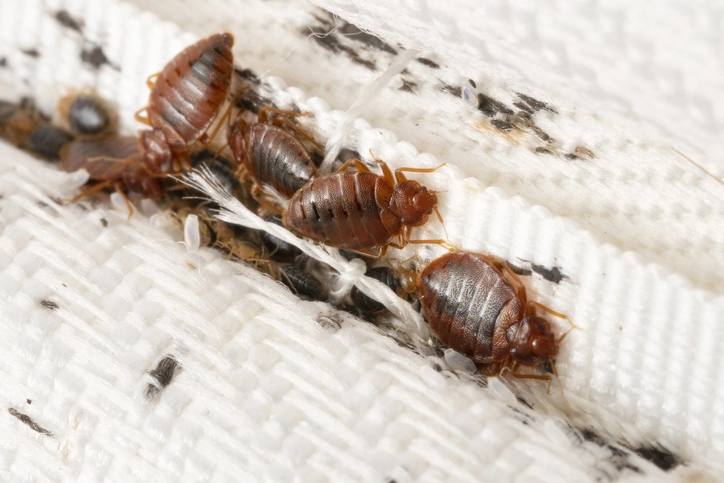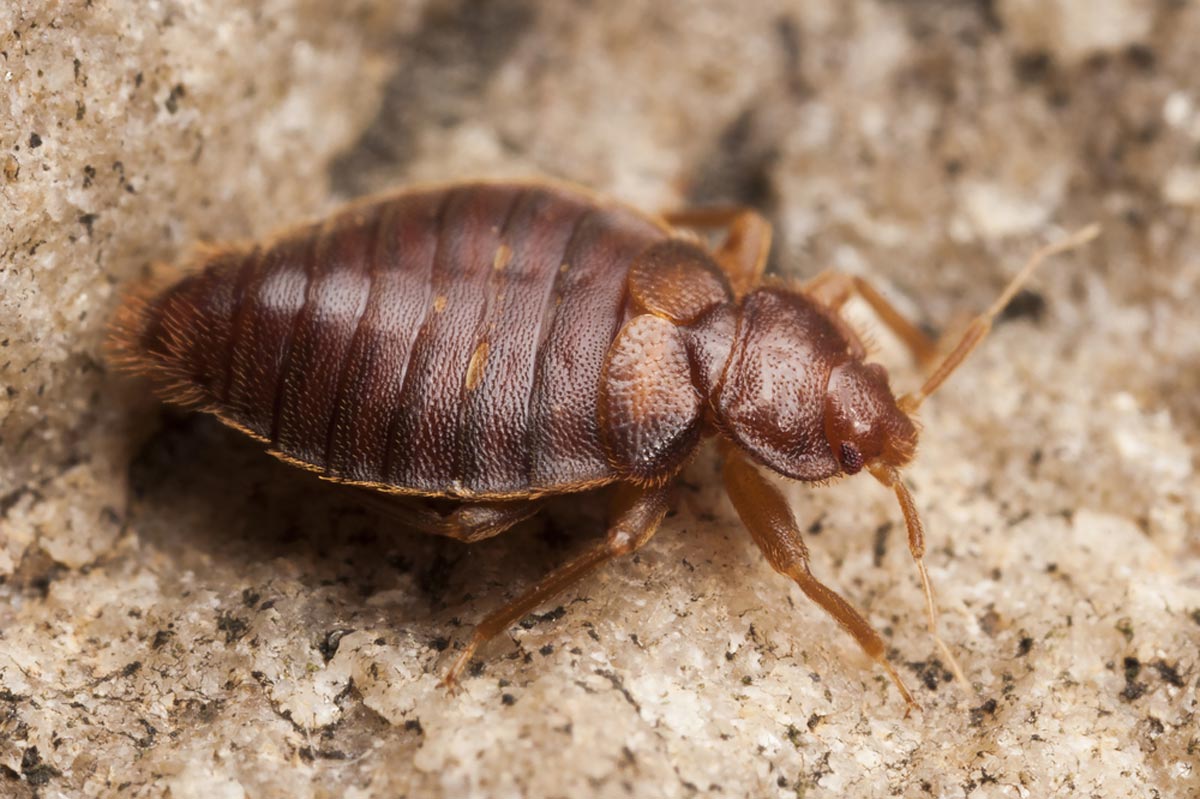Reliable A1 Bed Bug Treatment Houston - Proven Methods
Reliable A1 Bed Bug Treatment Houston - Proven Methods
Blog Article
Understanding the Lifecycle of Pests for Targeted Control Strategies
Comprehending the lifecycle of pests is a basic element of efficient parasite administration strategies. Via a deeper understanding of just how bugs develop and thrive, tailored control methods can be designed to attend to specific factors in their lifecycle, eventually leading to even more effective pest administration outcomes.
Value of Understanding Insect Lifecycle
Understanding the lifecycle of parasites is necessary for developing reliable and targeted control techniques in bug management. By comprehending the different phases a pest goes via from egg to adult, insect control professionals can recognize at risk points in the lifecycle where intervention can be most successful. Knowing when larvae are most active can assist figure out the optimum timing for using larvicides. Furthermore, recognizing the lifespan of a pest species can help in anticipating population development patterns and prospective problem threats.
Additionally, acknowledging the certain environmental conditions required for each stage of the pest's lifecycle can lead decisions on environment alteration or exemption techniques to disrupt the lifecycle and lower bug populations. This knowledge enables pest monitoring experts to execute proactive actions instead than depending entirely on responsive therapies, causing more long-lasting and lasting insect control services. Inevitably, an extensive understanding of insect lifecycles encourages bug control specialists to tailor their techniques efficiently, optimizing and reducing ecological effects control end results.
Trick Stages in Parasite Advancement
To successfully implement targeted control techniques in parasite administration, a critical aspect exists in adequately identifying and comprehending the crucial phases in pest development. Bug growth usually contains numerous vital stages that are essential for their lifecycle and administration. The initial stage is the egg phase, where pests lay eggs that later hatch into larvae. Larvae then progress into pupae, a stage where they go through transformation prior to arising as adult pests. Comprehending these stages is crucial as it helps in pinpointing susceptible points in the lifecycle where control measures can be most efficient.

Vulnerabilities in Parasite Lifecycle
Throughout the various phases of a bug's lifecycle, distinct vulnerabilities arise that can be purposefully targeted for efficient control steps (A1 Bed bug exterminator houston LLC). One critical susceptability exists in the egg stage, where pests are often a lot more vulnerable to certain pesticides or organic control agents due to their soft external shell, making them simpler targets for treatment. Comprehending these vulnerabilities in the parasite lifecycle is necessary for establishing accurate and reliable control strategies that properly handle pest populaces while reducing ecological effect.
Applying Targeted Control Procedures

Applying targeted control actions generally entails a multi-faceted method. This might include environment modification to make the setting less welcoming to parasites, such as removing standing water for insect control or securing entrance factors for rodents. Furthermore, biological control approaches can be utilized, where all-natural killers or microorganisms are website link presented to keep pest populations in check.
Chemical control, such as the cautious application of chemicals, is one more usual strategy. Nevertheless, it is vital to utilize these materials judiciously to lessen environmental influence and potential damage to non-target varieties. Integrated Parasite Management (IPM) techniques that integrate different control procedures read this article in a coordinated and sustainable manner are frequently the most efficient in accomplishing long-term bug monitoring objectives. By applying targeted control measures based on an extensive understanding of bug lifecycles, insect populations can be efficiently managed while reducing dangers to human wellness and the environment.
Boosted Bug Administration Practices

In addition, the incorporation of organic control representatives, such as natural predators or virus of insects, can help in reducing dependence on chemical pesticides and advertise a more balanced ecosystem. Executing physical obstacles and catches can also become part of enhanced insect monitoring practices, using safe and targeted services for bug control. Additionally, the use of scents and other semiochemicals can interrupt pest breeding patterns and interaction, leading to decreased bug populaces over time.
Conclusion
In final thought, recognizing the lifecycle of pests is crucial for reliable parasite management techniques. By determining crucial phases in parasite development and vulnerabilities in their lifecycle, targeted control measures can be executed to lessen insect populations. Enhanced insect management practices can help reduce the dependence on broad-spectrum chemicals and advertise even more ecologically pleasant and lasting bug control techniques. This understanding plays a crucial function in preserving healthy communities and agricultural productivity.
Comprehending the lifecycle of bugs is vital for developing reliable and targeted control methods in parasite administration. By comprehending the various phases a bug goes through from egg to grownup, bug control experts can recognize susceptible factors in the lifecycle where intervention can be click here to read most effective. Ultimately, a comprehensive understanding of bug lifecycles encourages parasite control practitioners to tailor their strategies effectively, lessening ecological effects and maximizing control results.
By carrying out targeted control procedures based on a detailed understanding of parasite lifecycles, parasite populaces can be properly regulated while decreasing threats to human wellness and the setting.
By recognizing vital phases in bug advancement and vulnerabilities in their lifecycle, targeted control steps can be implemented to minimize pest populaces.
Report this page